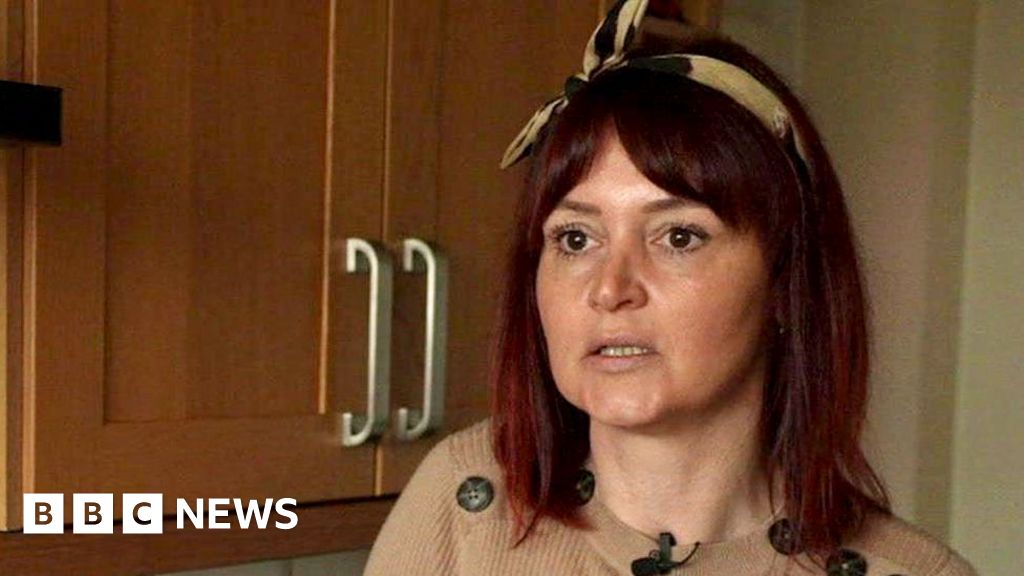There’s really nowhere to hide from this in the UK anymore. If the mould doesn’t get you first, the crumbling concrete, pyromaniac’s dream insulation material, poison tap water or exploding boilers will all have their turns until you are sick and crippled, left to rot in corridor in the packed hospital, until you run out of direct debit to pay renting for the trolley that would be your final resting place, as you hear the opening fanfare of the British anthem and images of living fossil royals flash through your mind, you gasp your last breath, but at least you know the transes are safely out of the public eye and the boat people aren’t coming anymore (not as a result of effective immigration policy, they just don’t want to)
But just imagine the horror we’d be living through if Corbyn got in!
This is what the Tories really meant by Victorian Values.
Can anyone explain how cavity wall insulation would lead to mould inside the building? That seems a bit weird, especially as the mould doesn’t seem to always go away when the insulation is removed. What a horror show.
I recently replaced some insulation in my home and i found out it’s a lot more complicated than just put slap it in the wall. That is to say my understanding is pretty rudimentary so my explanation may not be the best.
Insulation in a house creates a temperature difference between the inside and the outside of your house. If the insulation doesn’t have a proper moisture barrier this can lead to water getting trapped on the inside of the insulation due to condensation. The water then comes leaking out if your walls, making everything extremely damp. The darkness inside the wall along with the dampness makes an ideal environment for the mold, which quickly spreads outside of the wall and into the rest of your damp house.
Civil engineer with a number of courses in building science (aka this).
Can’t tell for sure without seeing what kind of insulation it is, but there are a few factors.
First, as other people have mentioned, having temperature gradients cause moisture issues. Typically, in modern construction in cold weather climates like Canada, we install a single waterproof layer. Cold weather, this goes inside of the insulation (between the insulation and the drywall), and in hot weather places, it’ll be installed outside the insulation.
Explanation why
The reason (simplified) for this basically boils down to hot air holds more water. As the air cools, it drops off the extra water it can no longer carry on nearby surfaces. You want to make sure hot air stays hot, and cold air stays cold. If you allow air that is hot to cool down, it will create moisture.
My understanding of the houses this is being done in, there is no vapour barrier, meaning damp+ moisture can accumulate.
Second, new houses in NA have a “minimum air exchange”, which is a specific amount of air that needs to move through the house within a given time frame, typically air changes per hour (ACH rating). This is usually accomplished by means of a central heating/ductwork units, and bedrooms are generally somewhere around 4-8, meaning all the air in the bedroom should be refreshed 4 to 8 times per hour. My understanding of many of these houses is that there is not central air system. Before the insulation, it is likely that small gaps or holes in the walls/exterior siding were sufficient to allow enough air to move through, however that air slows down when there is insulation sprayed into the cavities. Any slowdown will exacerbate moisture problems, as still air is bad. More air exchanges also would allow the house to dry out more, as evaporation would help.
Those are the general situations that would likely be a problem.
In this case, from reading the article, it seems like she has a hole in her roof, which is either new or was not caught by the installers. ANY source of water ingress would cause mold problems. The issue here is that previously, it is likely that the water trickled down the inside of the cladding (likely brick), and out at the base of the wall. Once you add insulation to that cavity, it’ll hold water and cause mold problems. Seems like a shitty spot to be in.
The canadian chap has explained a lot of things well.
The biggest part is, water vapor in the air condenses to liquid water when it encounters a surface that is colder. For example, nice warm inside bricks connected to cool outside bricks after someone put something in the cavity.
If that water condenses in a place that is cold, and low airflow, it will be there for a while. It soaks into anything that might take it, and gives a fantastic place for mould to grow.
So if the cavity filling between two walls is not executed with a serious survey and planning, this can happen.The two main options to prevent water are putting up membranes that prevent water vapor reaching the bad area in the first place, or by using materials that are breathable to the vapor throughout the wall, so it can wick away in either direction.
So in the bad situations, you end up with water condensing, then getting trapped by non-breathable insulation, in some cases pooling up at the bottom of the cavity, leading to the damp growing effectively out of the walls, and into the room.
And of course, non-breathable materials are often cheaper/more insulating, so generally get picked first.
This is the best summary I could come up with:
She says that within weeks, water was constantly running down the walls ''like a little waterfall".The BBC can reveal that cavity-wall insulation fitted under government-backed green energy schemes could have failed in hundreds of thousands of homes because it was not installed properly.
The NHS says that damp and mould can lead to respiratory illnesses and skin conditions.David Walter is a building surveyor who has been inspecting insulated homes all over the UK for more than 25 years.
He blames a lack of oversight and regulation for the problems.Since 2008, more than three million homes have had cavity-wall insulation fitted under green energy schemes set up by the government.
The company insisted the insulation wasn’t to blame and then went bust.The firm told the BBC the problems were caused by a hole in the roof, although it cannot provide a copy of the pre-installation report to confirm this.
If there had been issues with the property, according to the standards body the British Assessment Bureau, they should have been fixed before the work was carried out.Next, she contacted City Energy Network Limited, who secured the funding for Zoe’s home.
We will work with the British Assessment Bureau and City Energy to achieve a suitable solution that makes Ms Godrich’s property a warm, comfortable and healthy home for her and her family."
The original article contains 898 words, the summary contains 221 words. Saved 75%. I’m a bot and I’m open source!





